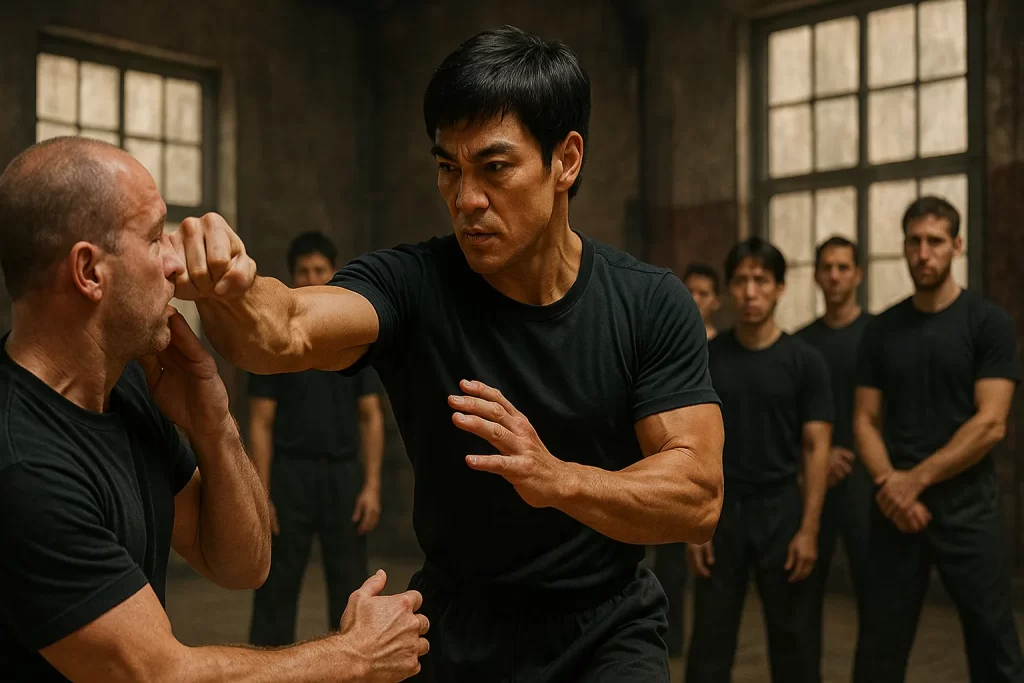Progressive Fighting Systems

Progressive Fighting Systems (PFS) is a modern combatives program developed by Paul Vunak, based on Bruce Lee’s Jeet Kune Do and refined for elite military, law enforcement, and street-level self-defense. It blends JKD concepts with Filipino Martial Arts, Brazilian Jiu-Jitsu, Muay Thai, and street survival strategies. PFS is known for its rapid skill acquisition, focus on high-percentage techniques, and emphasis on destruction, trapping, and extreme close-quarters tactics. The system prioritizes realism, aggression, and simplicity over tradition or sport.
Progressive Fighting Systems Essentials
About Progressive Fighting Systems
This section introduces PFS as a no-holds-barred, reality-based system built from JKD foundations. Learn how its hybrid structure serves practical self-defense and tactical operations.
Progressive Fighting Systems History
Explore the creation of PFS by Paul Vunak in the 1980s under Dan Inosanto’s mentorship. Discover how it evolved from Jeet Kune Do Concepts into a fully functional combat system for real-world violence.
Philosophy & Approach
PFS focuses on rapid neutralization of threats through interceptive aggression and destruction. The philosophy centers on simplicity, intensity, and functional adaptability under stress and chaos.
Techniques & Style
Learn about the hallmark techniques of PFS, including headbutts, elbow destructions, trapping hands, low-line kicking, and clinch control. It’s a fast-entry, high-damage system for close-quarters engagement.
Traditions & Etiquette
Though informal, PFS instills a disciplined mindset focused on efficiency and partner safety. This section covers the training culture rooted in respect, intensity, and scenario-based realism.
Uniform & Symbols
PFS practitioners train in functional, street-ready gear. This section details the minimalist use of symbols and how practical appearance reinforces the system’s non-traditional, combative identity.
Weapons
Weapons training is central in PFS, particularly knife, stick, and improvised tools. The emphasis lies on offense-oriented tactics and seamless transition between armed and unarmed scenarios.
Ranking System
PFS uses a progression model based on instructor certification and training phases. Advancement depends on real performance, understanding of core tactics, and ability to apply under pressure.
Progressive Fighting Systems Glossary
A reference of terms used in PFS, including drills, tactics, and training principles drawn from JKD, Filipino Martial Arts, and modern combatives. Useful for understanding the system’s core language.
Notable Figures
Learn about Paul Vunak and other key instructors who shaped the evolution of PFS. This section highlights their influence, contributions, and integration of diverse combative sources.
Branches & Organizations
Discover how PFS is taught worldwide through affiliated instructors and tactical training centers. This category outlines its decentralized structure and emphasis on functional instructor competence.
Competitive Format
PFS is not designed for sport but includes sparring and scenario drills for pressure testing. Learn how students refine timing and aggression in safe, controlled environments.

